Before making any substantial changes, be particularly aware of the natural laws of general feed consumption
For years, getting lactating dairy cows to eat as much dry matter intake (DMI) as possible has been a common goal among dairy specialists aimed at getting cows to produce more milk.
Some of these specialists took note of the more extensive university and extension dairy trials, which report that maximum feed intake is still very important, but it means a lot more than just dumping a total mixed ration (TMR) containing essential nutrients in front of milk cows.
Many dairy producers are striving to feed nutritious diets that high-producing cows like to eat, optimize consistent everyday feed intake, produce exceptional rumen health and also require a shovel-full of common sense right at the cows’ feed bunk.
Know the basics
One of the first things that producer might do before making any substantial changes to existing lactation diets to optimize DMI/increase milk production, is to be particularly aware of the natural laws of general feed consumption by dairy cows.
This means that early high-milk-producing cows should be on target to consume 3.5 to 4.0 per cent of their bodyweight in dry matter feed by nine to 10 weeks after calving. This target sets the tone for the rest of the lactation cycle — for every extra kilo of DMI that a cow eats at peak milk production (i.e. accounting for the natural lag between maximum milk yield and maximum dry matter intake) yields an extra 2.0 to 2.5 kilos of milk per day until she is dried-off at 10 months post-partum. And most large (600 to 700 kg) mature cows will consume about 22 to 27 kg of dry matter feed at peak feed intake. Smaller and growing first-calf heifers should eat about 20 to 25 kilos (DMI, basis).
Regardless of these prime DMI targets, dairy cows will only eat so much “as fed” feed, because moisture content adds simple bulk to the dairy diet. Large and early lactation mature cows consume about 43 to 47 kilos of the feed that is put in front them, while younger and smaller cows often eat no more than 40 to 44 kilos of the same diet.
By keeping DMI and “as fed” values in perspective, farmers should be able to estimate how much total ration to feed to the herd daily. They should also be monitoring how many old and young early-lactating cows are entering the herd as well as counting the remainder of the herd milking in mid- and late lactation.
Similarly, consistent everyday DMI/as fed feed intake should be viewed as another important signal to the dairy producer that the rumen of each high-producing cow is working efficiently. Rumen microbes digest forage fibre and grain starch, turning them into available energy for body maintenance functions, reproduction and high milk performance. They also break down dietary protein into simple compounds, incorporate them into their own bodies, and inadvertently supply the cow with most of the cows’ protein needs. Unbalanced dairy diets, poor feed quality and rapid feed changes upset such sensitive feed fermenters and can quickly derail optimum feed intake.
Maintaining proper rumen function
Dairy producers can manage good rumen function in their cows and therefore achieve optimum and consistent feed intake among their cows by applying the following dairy barn suggestions:
- Feed high-quality feed. Forage quality is the foundation of all good feeding programs. High-quality forage supports higher and more consistent DMI due to their lower unusable fibre content and greater in-depth digestion by the microbes that provides essential nutrients for milk production. Avoid feeding mouldy or spoiled forage and grains.
- Provide adequate “effective forage fibre.” The dairy diet should contain 28 to 32 per cent NDF with 75 per cent of this NDF coming from the forages. Effective forage fibre promotes natural “cud chewing” in the herd to buffer the pH of the rumen and helps prevent detrimental acidosis. If you have difficulty finding cud chewing cows; not enough effective fibre is being fed.
- Formulate a palatable and “rumen-friendly diet.” This point goes beyond merely feeding enough “effective forage fibre.” For example: feed a portion of the grain that has slower rates of starch digestion (re: corn versus barley) as well as avoid feeding excessive amounts of unsaturated fats and/or bypass fats. Make sure to limit feed unpalatable feed ingredients such as blood meal (bypass protein source).
- Know DMI and “as-fed” intake. A spot check or even weekly schedule of DMI and as-fed intake of the lactation herd, the moisture content of the diet, and milk fat bulk tests should be recorded. These are indicators of healthy rumens and underlie optimum dry matter intake/milk production. Actual emerging patterns from this data should be periodically reviewed.
- Impose “common sense” bunk management. TMR should be delivered at the same time of the day and should be pushed up at least three to four times during the day. Dairy producers should never allow bunks to go empty or force cows to wait to be fed, or until all feed (including feed refusal) to be eaten before more fresh feed is provided.
- Check your mixer wagon. Make sure your feed mixer is working properly to deliver a consistent TMR mix at every feeding. Although mixing times can vary for a number of reason, most producers target three to five minutes to make a homogenous feed mix.
- Do a daily barn walk. It is important that average body condition of most lactation cows ranges from 3.0 to 3.5 out of five. Beware of possible acidotic cows in your herd (watch out for gaunt cows, cows not chewing their cud, cows not going to the feed bunk, nutritional lameness). Check out the manure. It should be generally of porridge-like “consistency” (indicator of consistent feed intake and digestibility).
These recommendations are practical points in an all-inclusive action plan for optimal DMI and ‘as fed’ intake of a well-balanced and mixed dairy diet consumed by good milk cows. Ideally, if they eat dairy diets with vigour every day, they should consume essential nutrients, remain healthy and fill the bulk tank.
Peter Vitti is an independent livestock nutritionist and consultant based in Winnipeg. To reach him call 204-254-7497 or by email at vitti@mts.net.
Source: Grainnews









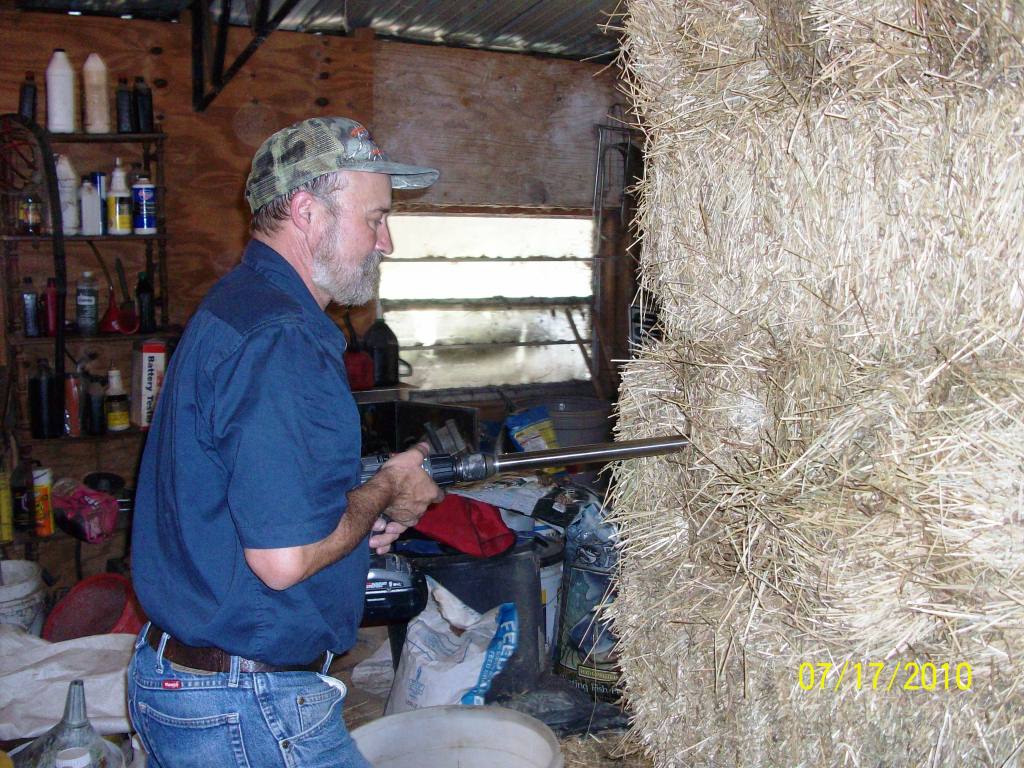
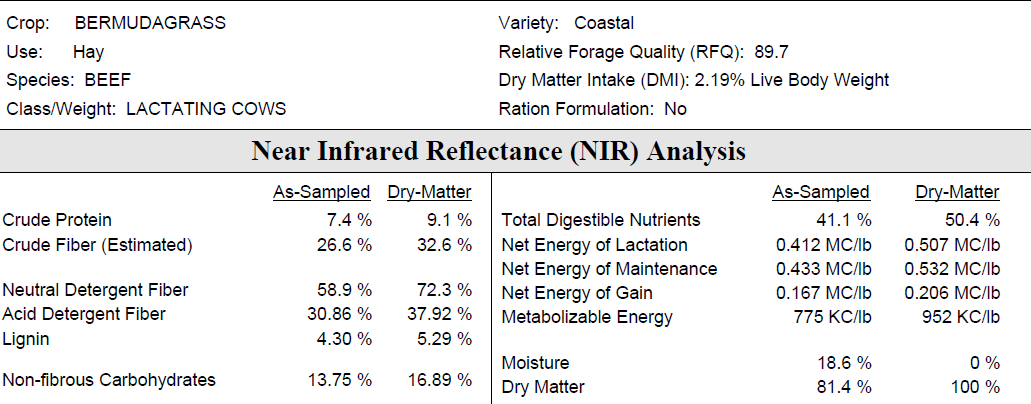
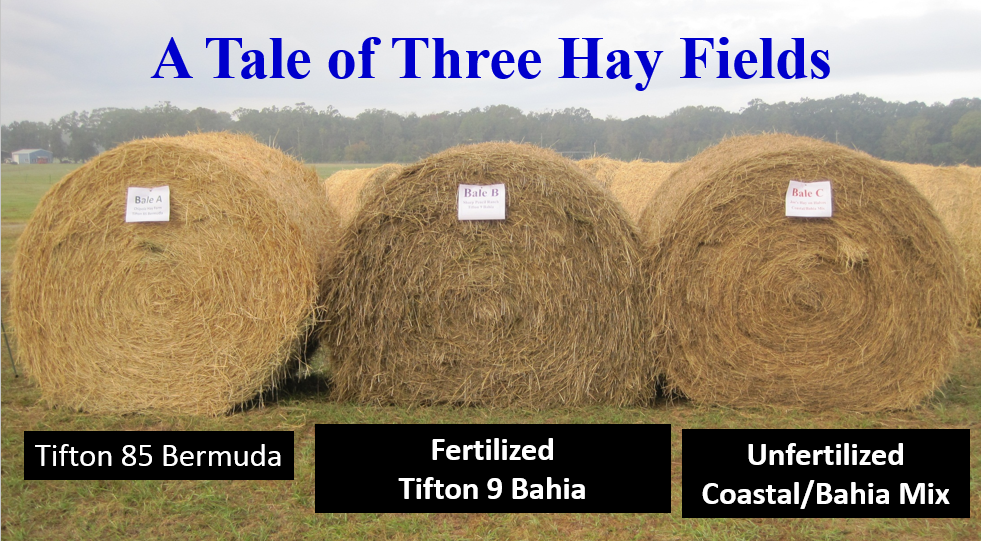
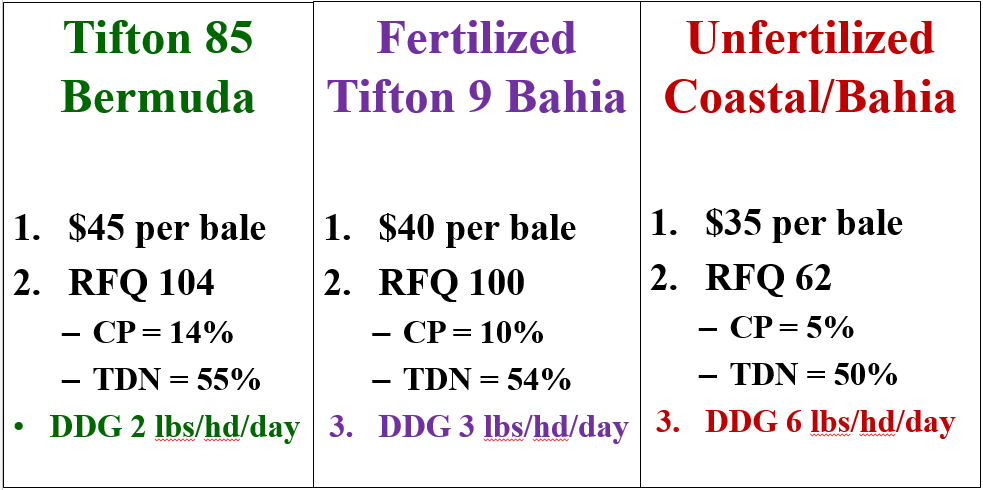
 Forage producers have a variety of expectations for alfalfa stand life, and most say a stand should produce for four to six years or more. However, growers also recognize that some fields become less productive after just a few years.
Forage producers have a variety of expectations for alfalfa stand life, and most say a stand should produce for four to six years or more. However, growers also recognize that some fields become less productive after just a few years.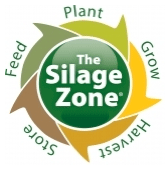 Learn more at the
Learn more at the 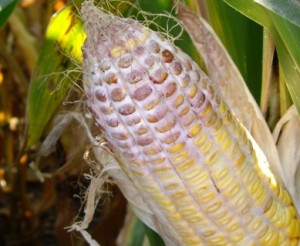 Last year’s weather was not particularly kind to growing corn on the eastern Prairies. A late spring planting, cold weather in July, and topped off by a cloudy fall created millions of bushels of corn that was not initially dry enough for storage.
Last year’s weather was not particularly kind to growing corn on the eastern Prairies. A late spring planting, cold weather in July, and topped off by a cloudy fall created millions of bushels of corn that was not initially dry enough for storage.

 Since 1951, when Land O’Lakes Animal Milk Products Company developed the first calf milk replacer, the company has been committed to creating the best milk replacers from the best technologies and quality ingredients. Land O’Lakes Animal Milk Products Company is a division of Land O’Lakes, Inc. a national farmer-owned food and agricultural organization.
Since 1951, when Land O’Lakes Animal Milk Products Company developed the first calf milk replacer, the company has been committed to creating the best milk replacers from the best technologies and quality ingredients. Land O’Lakes Animal Milk Products Company is a division of Land O’Lakes, Inc. a national farmer-owned food and agricultural organization.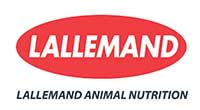 Lallemand Animal Nutrition is dedicated to the development, production, and marketing of profitable, natural and differentiated solutions for animal nutrition and health. Our core products are live bacteria for direct fed microbials and silage inoculants, specific yeast for probiotics, and high value yeast derivatives. More news from Lallemand Animal Nutrition can be seen on www.lallemandanimalnutrition.com.
Lallemand Animal Nutrition is dedicated to the development, production, and marketing of profitable, natural and differentiated solutions for animal nutrition and health. Our core products are live bacteria for direct fed microbials and silage inoculants, specific yeast for probiotics, and high value yeast derivatives. More news from Lallemand Animal Nutrition can be seen on www.lallemandanimalnutrition.com.![calf-newborn-250[1]](https://www.thebullvine.com/wp-content/uploads/2014/09/calf-newborn-2501.jpg) My client asked this question having read a online posting. We talked about their current preweaned management. Colostrum is collected in the calving pen from dams as soon as they are up and steady on their feet. The dairy feeds 4 quarts of quality-tested colostrum in the first hour of life – 100% compliance. All calves are blood tested; a test value below 5.5 is unusual.
My client asked this question having read a online posting. We talked about their current preweaned management. Colostrum is collected in the calving pen from dams as soon as they are up and steady on their feet. The dairy feeds 4 quarts of quality-tested colostrum in the first hour of life – 100% compliance. All calves are blood tested; a test value below 5.5 is unusual.
 Providing the correct amounts of bioavailable trace minerals in diets is necessary for healthy, productive dairy cows. Negative impacts relative to the cow, environment, and profitability can occur when inadequate or excessive amounts of bioavailable trace minerals are fed. The 2001 Dairy NRC established requirements for cobalt (Co), copper (Cu), iodine (I), iron (Fe), manganese (Mn), selenium (Se), and zinc (Zn), and since 2001, substantial research has been conducted regarding chromium (Cr) supplementation of dairy cow diets. The mineral requirement in most, if not all, U.S.-based nutrition models come directly from the NRC.
Providing the correct amounts of bioavailable trace minerals in diets is necessary for healthy, productive dairy cows. Negative impacts relative to the cow, environment, and profitability can occur when inadequate or excessive amounts of bioavailable trace minerals are fed. The 2001 Dairy NRC established requirements for cobalt (Co), copper (Cu), iodine (I), iron (Fe), manganese (Mn), selenium (Se), and zinc (Zn), and since 2001, substantial research has been conducted regarding chromium (Cr) supplementation of dairy cow diets. The mineral requirement in most, if not all, U.S.-based nutrition models come directly from the NRC.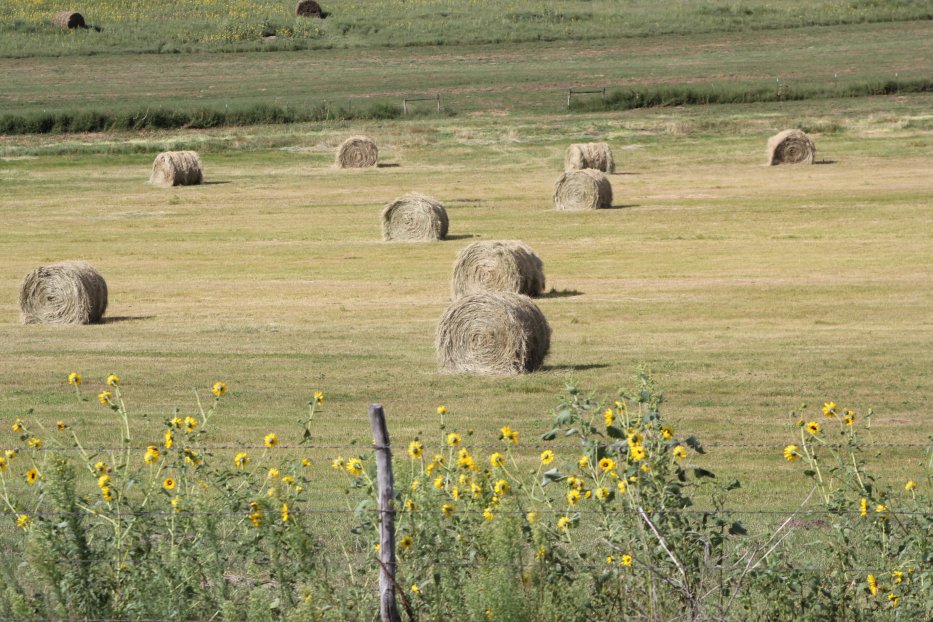
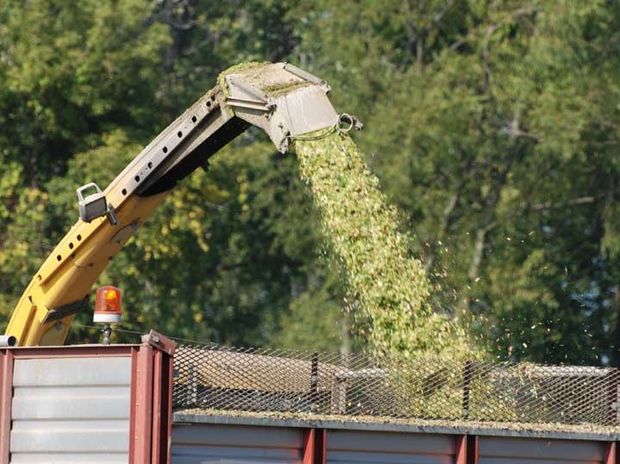



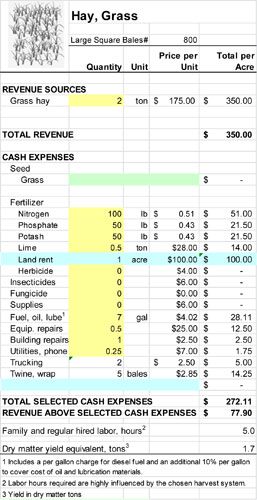
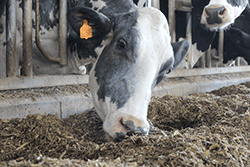
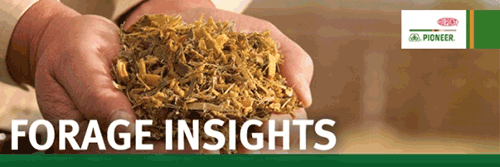 About this time of year, many dairy and beef producers take a look at their feed stockpiles and wonder how long they will last.
About this time of year, many dairy and beef producers take a look at their feed stockpiles and wonder how long they will last. Victor Cabrera isn’t an expert in cattle genomics or reproduction. He hasn’t spent a day in a lab running tests on the nutritional content of feed. In fact, Cabrera, associate professor in the University of Wisconsin-Madison dairy science department, spends most of his time in front of a screen building economic modeling programs.
Victor Cabrera isn’t an expert in cattle genomics or reproduction. He hasn’t spent a day in a lab running tests on the nutritional content of feed. In fact, Cabrera, associate professor in the University of Wisconsin-Madison dairy science department, spends most of his time in front of a screen building economic modeling programs. Alltech is launching a new support tool for nutritionists to evaluate and troubleshoot dairy rations to maximize feed efficiency and combat ever-rising feed costs, and estimate the amount of energy lost as methane and methane emissions per animal. The In Vitro Fermentation Model (IFM) is a diagnostic tool that simulates rumen fermentation and evaluates the nutritive value of total mixed rations (TMR) in terms of digestibility and end-products formation.
Alltech is launching a new support tool for nutritionists to evaluate and troubleshoot dairy rations to maximize feed efficiency and combat ever-rising feed costs, and estimate the amount of energy lost as methane and methane emissions per animal. The In Vitro Fermentation Model (IFM) is a diagnostic tool that simulates rumen fermentation and evaluates the nutritive value of total mixed rations (TMR) in terms of digestibility and end-products formation.
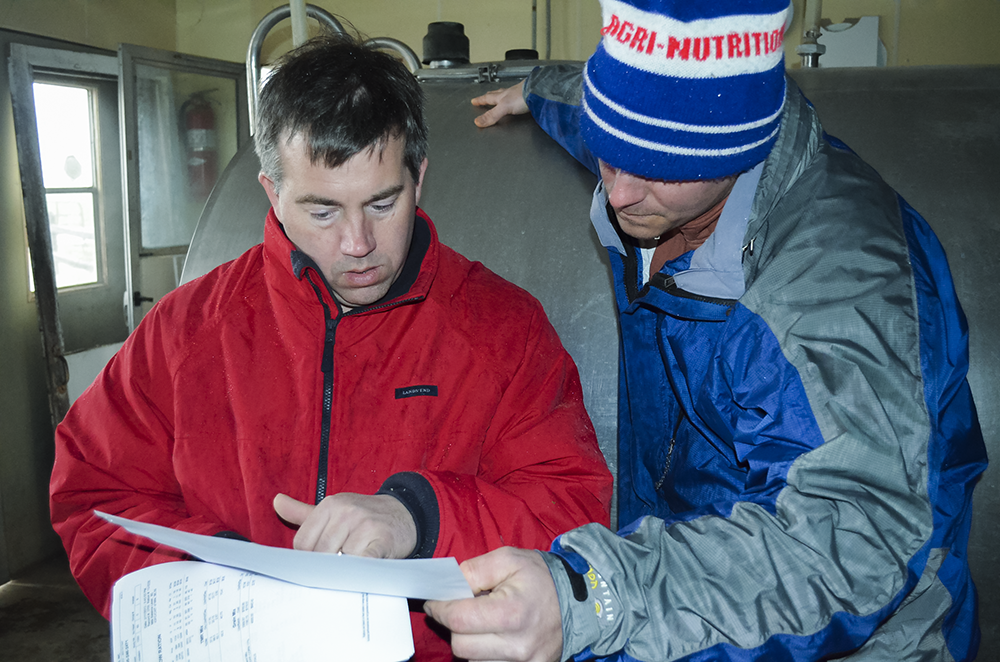
 An effective nutrition consultant will investigate and analyze all the issues impacting your cows and thus impacting your success. The Bullvine went to Dr. Scott Bascom to get some insight on the value of working with a nutrition consultant. Dr. Bascom is the Director of Technical Services at
An effective nutrition consultant will investigate and analyze all the issues impacting your cows and thus impacting your success. The Bullvine went to Dr. Scott Bascom to get some insight on the value of working with a nutrition consultant. Dr. Bascom is the Director of Technical Services at  From the Bunker to the Bank!
From the Bunker to the Bank! Beyond the Basics to Practical and Personal
Beyond the Basics to Practical and Personal



